This article was medically reviewed by Erik Kramer, DO, MPH and by wikiHow staff writer, Danielle Blinka, MA, MPA. Dr. Erik Kramer is a Board-Certified Primary Care Physician at the University of Colorado. With over 15 years of experience, his clinical interests include obesity and weight management, diabetes care, and preventive care, as well as embracing a holistic approach to primary care. He received his Doctorate in Osteopathic Medicine (D.O.) from the Touro University Nevada College of Osteopathic Medicine and completed his residency at Central Maine Medical Center. Dr. Kramer is a Diplomate of the American Board of Obesity Medicine.
There are 10 references cited in this article, which can be found at the bottom of the page.
This article has been viewed 12,507 times.
Having trouble swallowing can be scary and frustrating, so you probably want help fast. The medical term for trouble swallowing is dysphagia, which is treated by your primary doctor and possibly a team of specialists. If you notice symptoms of dysphagia, see your doctor to get a diagnosis and find out what’s causing it. Then, work with your doctor to treat your condition. There are also home treatments for dysphagia you can try on your own.
Steps
Diagnosing Dysphagia
-
1Visit your doctor if you notice symptoms of dysphagia. You probably don’t need to worry if you have dysphagia occasionally, but it’s best to talk to your doctor to make sure you’re okay. Tell your doctor about all of your symptoms so they can help you get treatment. Make an appointment with your doctor if you have the following symptoms:[1]
- You can’t swallow or cough up your food
- It’s painful to swallow
- You’re regurgitating food or vomiting
- You hear gurgling in your throat
- It feels like food is stuck in your throat
- You’re drooling a lot
- Your voice is hoarse
- You have to cut up the food into tiny pieces
Tip: While dysphagia may occur due to aging, trouble swallowing in older adults shouldn't automatically be attributed to the natural aging process. It's still important to see a doctor for a full evaluation to determine exactly what's causing it.
-
2Undergo diagnostic tests to find out if you have dysphagia. Let your doctor do diagnostic tests so they can make a proper diagnosis. These tests likely won’t be painful, but you may experience some discomfort. Here are some tests your doctor may do:[2]
- Barium X-ray: Your doctor will ask you to drink a barium dye or eat a barium-coated food. Then, they’ll X-ray your chest to check your esophagus or see if the food got stuck.
- Swallowing study: Your doctor might have you swallow a variety of barium-coated foods so they can see how they pass through your esophagus.
- Endoscopy: They might put a small light and camera down your throat to check your esophagus and possibly take a biopsy.
- Esophageal muscle test: Your doctor may put a tube down your throat to measure the pressure inside your esophagus.
- MRI or CT scan: They might do imaging tests to view your esophagus and check for problems.
Advertisement -
3Talk to your doctor about the cause of your dysphagia. There are several different causes of dysphagia, which can direct your course of treatment. Review your medical history with your doctor to find out what may be causing your dysphagia. Additionally, discuss any other symptoms you may be having. This will help your doctor find the right treatment for you.[3]
- For instance, trauma, chemotherapy, radiation, and nerve or muscle damage can cause dysphagia. Additionally, conditions like dementia, multiple sclerosis (MS), stroke, gastro-esophogeal reflux disease (GERD), mouth cancer, and esophageal cancer can cause it.[4]
- Your doctor will ask which foods trigger your swallowing problems, such as solids, liquids, or both. If you're only having trouble with solids, you might have a stricture or narrowing of your esophagus. However, if you're also having trouble with liquids, you might have a motility disorder. If your swallowing problems are progressing, you likely have a stricture. See your doctor for a full workup, especially if you're over 50.
Getting Medical Treatment
-
1Get emergency medical care if you’re having trouble breathing. Uncommonly, dysphagia can make it hard for you to breathe. Try not to worry, but it’s important to get immediate medical care to help you recover. Go to the emergency room or call for help if you can’t breathe.[5]
- Don’t drive yourself to the hospital if you can’t breathe. Ask someone else to take you or call an ambulance.
-
2Treat your underlying medical condition if you have one. You likely have an underlying condition that’s causing your dysphagia, and you’ll need to treat it to help you swallow. Work with your doctor to create a treatment plan that meets your needs. Then, follow their instructions to help you get better.[6]
- For instance, you may be able to take medication to treat GERD. Botox might be offered as a treatment for muscle damage that’s preventing you from swallowing. Similarly, if cancer is causing your symptoms, you might begin treatment for it.
- If your doctor finds a stricture using an upper endoscopy (EGD) scope, they'll treat it by dilating your esophagus during the EGD exam.
-
3Work with a speech and language pathologist to do swallowing therapy. Swallowing therapy can help you strengthen the muscles around your esophagus and may help you swallow more easily. Ask your doctor for a referral to a speech and language pathologist so you can do swallowing therapy. Then, work with them to learn exercises to help you swallow. Your specialist can help you with the following types of therapy:[7]
- They may teach you exercises to help you coordinate your swallowing muscles.
- You might learn how to stimulate your swallowing reflex.
- They may show you how to place food in your mouth to swallow more easily.
- They might teach you a new way to hold your head or body to help you swallow.
- If you have an underlying condition, they might show you how to compensate for its affect on your ability to swallow.
-
4Ask your doctor if surgery might help you swallow better. If nothing helps you improve, your doctor might be able to surgically widen your esophagus. Alternatively, they might be able to insert a plastic or metal tube, called a stent, to hold open your esophagus. Talk to your doctor about your surgical options to help you decide if it might be best for you.[8]
- If you get a stent, it might be permanent or temporary. If it’s temporary, your doctor will later remove it. They might remove it because they expect you to recover, but they may also replace it at that time.[9]
Making Dietary Changes
-
1Talk to a dietitian to get a meal plan that meets your nutritional needs. You may be malnourished if you’ve been having trouble swallowing. A dietitian will design a meal plan that will help you eat enough food to get proper nutrition. Ask your doctor to refer you to a dietitian.[10]
- Your dietitian will talk to you about which foods you can eat and what foods that you like. Then, they'll incorporate your preferred foods into your diet, if possible.
- Tell your dietitian if you’re having trouble following your diet. They can help you find foods that work for you.[11]
-
2Eat smaller, more frequent meals to help you eat more. It’s likely hard for you to eat a big meal all at one time. To help you meet your nutritional needs, shrink your meals but eat more often. For instance, eat half as much food as you normally do but have 6 meals every day. This will help you increase your food intake.[12]
- Try eating at 7:00 a.m., 10:00 a.m., 12:00 p.m., 3:00 a.m., 5:00 a.m., and 7:00 p.m.
-
3Choose soft foods that are easier for you to swallow. Soft foods like mashed potatoes, yogurt, and soup may be easier for you to eat. Base your meals around these easy-to-swallow foods to help you eat more. Alternatively, use these foods to supplement a liquid diet.[13]
- For instance, you might eat yogurt for breakfast, pea soup for lunch, and mashed potatoes with a protein smoothie for dinner.
Tip: Don’t eat foods that are sticky, such as peanut butter or caramel. These foods may clog up your throat.
-
4Cut up or liquefy your food to make it easier to swallow. You might be able to swallow foods that are liquefied or cut up. Put your foods in a blender or food processor to turn them into a thin liquid. Alternatively, cut them up into very tiny pieces. Then, take small bites so that it’s easier to swallow.[14]
- Your dietitian can help you create recipes for liquid meals that are tasty.
- In some cases, your doctor might give you a liquid diet plan.
- Try eating foods like fruit and veggie smoothies, pureed veggies, and pureed soups.
-
5Chew your food slowly and thoroughly. Your dysphagia likely makes it hard for you to swallow big chunks of food. To help you avoid regurgitation or lodged foods, chew your food until it’s mushy. This will make it easier to get it all down.[15]
- For instance, it’s recommended that you chew your food at least 32 times. Count out how many times you chew until you get used to chewing long enough.
-
6Get a feeding tube if you can’t get proper nutrition. In rare cases, you might need a feeding tube to help you get enough nutrients. Your doctor will insert the tube in your nose or directly into your stomach. After you get your feeding tube, pour your liquid nutritional supplements through the tube to nourish your body.[16]
- It normally doesn’t hurt to have a feeding tube, but you might have some discomfort when it’s inserted or changed.
- You may still be able to eat small amounts of food after you get your feeding tube. Ask your doctor if it's okay for you to eat foods you can swallow.
Warning
- If you accidentally inhale food because you can’t swallow it, you may develop pneumonia. Get treatment so that you’re okay.[17]
References
- ↑ https://www.nhsinform.scot/illnesses-and-conditions/stomach-liver-and-gastrointestinal-tract/dysphagia-swallowing-problems
- ↑ https://my.clevelandclinic.org/health/symptoms/21195-dysphagia-difficulty-swallowing
- ↑ https://my.clevelandclinic.org/health/symptoms/21195-dysphagia-difficulty-swallowing
- ↑ https://www.nidcd.nih.gov/health/dysphagia#5
- ↑ https://my.clevelandclinic.org/health/symptoms/21195-dysphagia-difficulty-swallowing#when-to-call-the-doctor
- ↑ https://www.nhs.uk/conditions/swallowing-problems-dysphagia/treatment/
- ↑ https://www.umms.org/bwmc/health-services/rehabilitation/speech-language-pathology/dysphagia-swallowing-therapy
- ↑ https://www.nhs.uk/conditions/swallowing-problems-dysphagia/
- ↑ https://www.hopkinsmedicine.org/health/treatment-tests-and-therapies/esophageal-stent-procedure
- ↑ https://www.nhs.uk/conditions/swallowing-problems-dysphagia/treatment/
- ↑ https://www.albertahealthservices.ca/assets/info/nutrition/if-nfs-dysphagia-soft-diet.pdf
- ↑ https://familydoctor.org/condition/dysphagia/
- ↑ https://www.albertahealthservices.ca/assets/info/nutrition/if-nfs-dysphagia-soft-diet.pdf
- ↑ https://www.nhs.uk/conditions/swallowing-problems-dysphagia/
- ↑ https://familydoctor.org/condition/dysphagia/
- ↑ https://www.nhs.uk/conditions/swallowing-problems-dysphagia/
- ↑ https://www.nhs.uk/conditions/swallowing-problems-dysphagia/

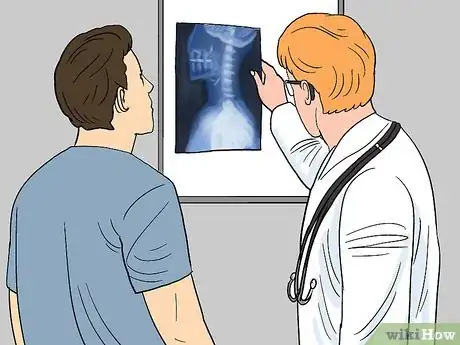

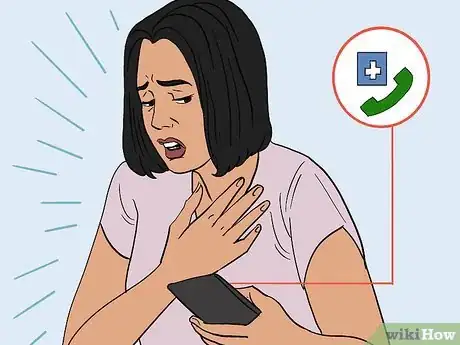


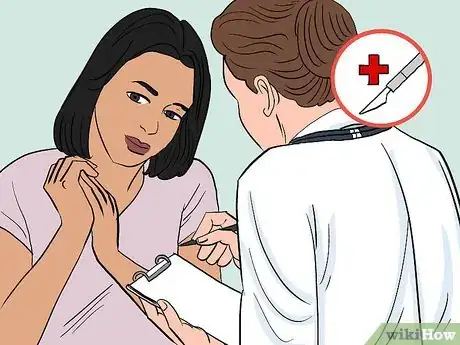


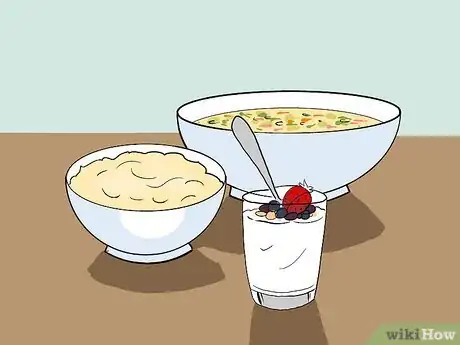


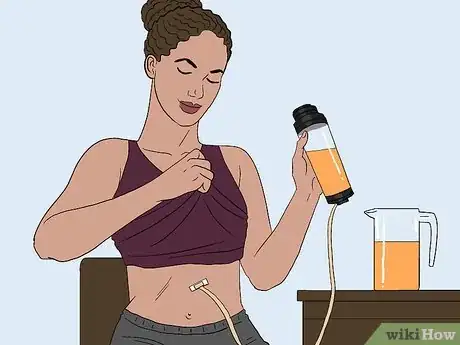

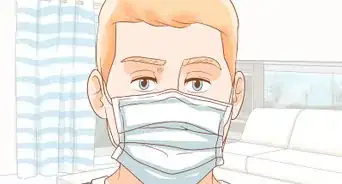
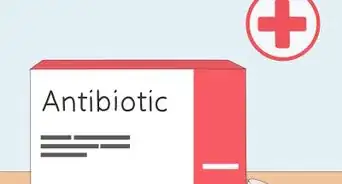
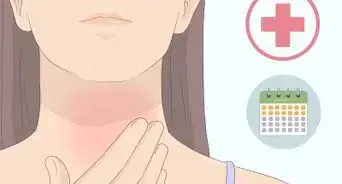
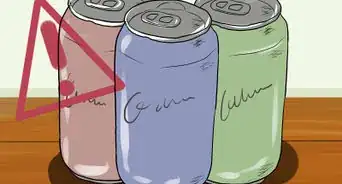

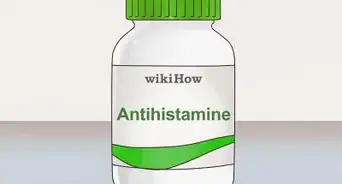
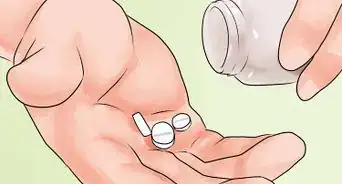
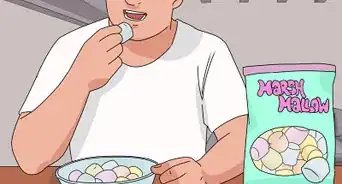


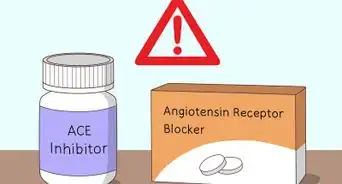
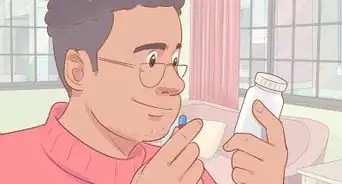








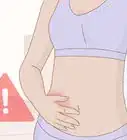
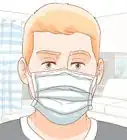
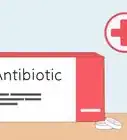
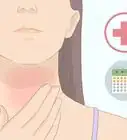




































Medical Disclaimer
The content of this article is not intended to be a substitute for professional medical advice, examination, diagnosis, or treatment. You should always contact your doctor or other qualified healthcare professional before starting, changing, or stopping any kind of health treatment.
Read More...